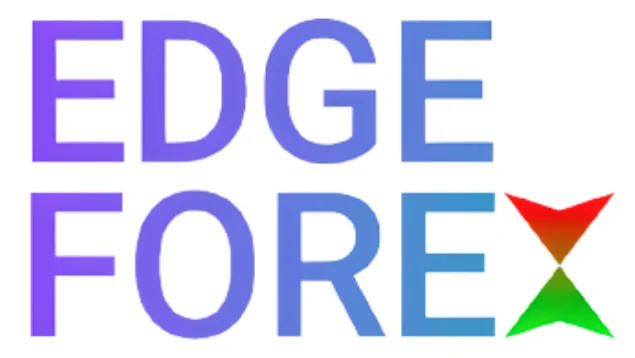Introduction
The forex market operates 24 hours a day, five days a week, providing traders with ample opportunities to participate in global currency trading. To understand the dynamics of the market, it’s essential to be aware of the different trading sessions. In this blog post, we will explore the four major sessions in the forex market and their characteristics.
1. Asian Session
The Asian session, also known as the Tokyo session, starts at 12:00 AM GMT and lasts until 09:00 AM GMT. This session is characterized by relatively low volatility compared to other sessions. It primarily involves the currencies of the Asian economies, such as the Japanese yen, Australian dollar, and New Zealand dollar. Traders focusing on Asian currencies or those who prefer a calmer trading environment may find the Asian session suitable for their trading activities.
2. European Session
The European session, also known as the London session, is the most active session in the forex market. It begins at 07:00 AM GMT and overlaps with the Asian session for a few hours. The European session accounts for a significant portion of the daily trading volume and liquidity. Major currencies like the euro, British pound, and Swiss franc are actively traded during this session. Traders who prefer high volatility and increased trading opportunities often concentrate their activities during the European session.
3. North American Session
The North American session, also known as the New York session, starts at 12:00 PM GMT and overlaps with the European session for several hours. This session is characterized by high trading volumes, as it involves the currencies of the United States and Canada. The North American session offers traders opportunities to trade major currency pairs like the US dollar, euro, and Canadian dollar. Traders who prefer trading during times of high liquidity and volatility often focus on the North American session.
4. Pacific Session
The Pacific session, also known as the Sydney session, begins at 09:00 PM GMT and overlaps with the Asian session for a few hours. While it is the smallest session in terms of trading volume, it still provides opportunities for traders. Currencies from the Pacific region, such as the Australian dollar and New Zealand dollar, are actively traded during this session. Traders who prefer trading during quieter market hours or those interested in specific Pacific currencies may find the Pacific session suitable for their trading activities.
Conclusion
Understanding the different sessions in the forex market is essential for traders to identify optimal trading opportunities. The Asian session offers a calmer trading environment, while the European and North American sessions provide higher volatility and increased trading volumes. The Pacific session caters to traders interested in Pacific currencies during quieter market hours. By aligning their trading strategies with the characteristics of each session, traders can maximize their chances of success in the forex market. It’s important to note that the forex market is dynamic, and overlaps between sessions can create unique trading conditions, so staying informed about market developments and adapting your approach accordingly is crucial.

